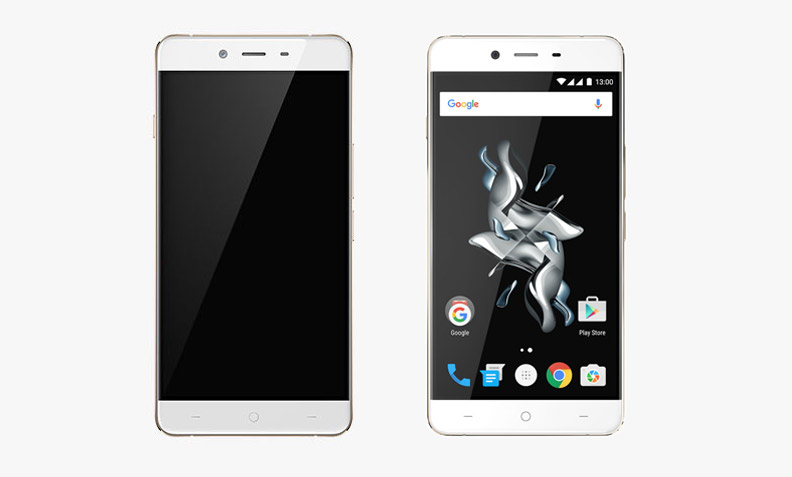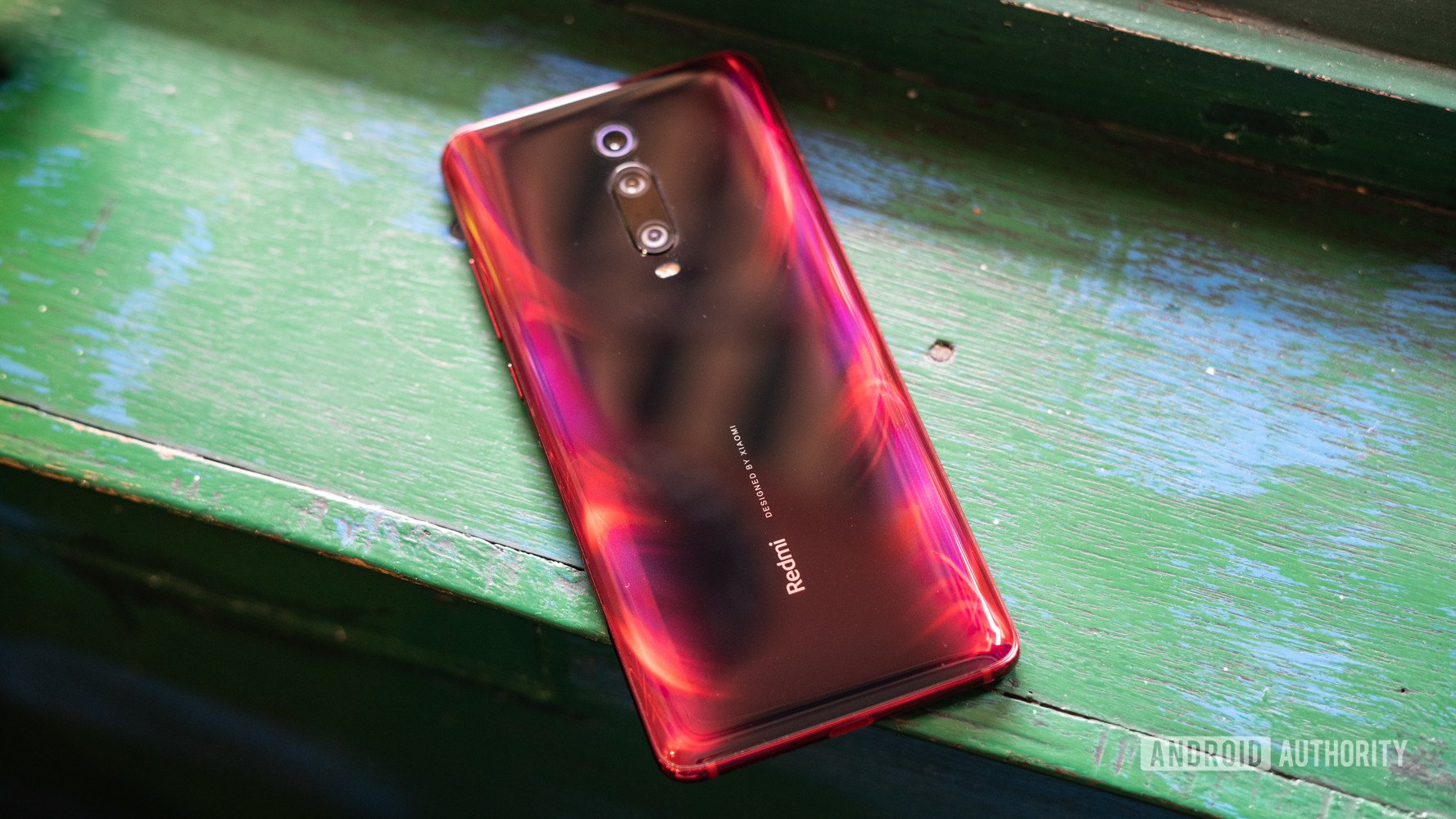
The streaming landscape is evolving fast as the world sits at home due to the current coronavirus pandemic. With theaters shut and people practicing social distancing, it’s no surprise that platforms like Disney Plus are moving up movie releases for streaming.
But things weren’t always the same, and they could go back to their usual routine once cinemas start reopening and people start going to the movies. In this article, we’ll try and break down the timeline in which Disney movies come to Disney Plus after their theatrical release. We’ve taken into account examples of movie releases both pre- and post-pandemic, so you can get an idea of what’s the norm and how things are changing.
Disney Plus release schedule pre-pandemic

Before the coronavirus pandemic hit, Disney movies generally arrived on Blu-ray and DVD months before going on to streaming platforms. Previously, you could find a handful of Disney movies on Netflix after their disk releases, but that changed with the launch of Disney Plus last year.
Now, you can find not only Disney’s own set of movies on Disney Plus, you also get a whole catalog of titles from Pixar, Lucas Films, Marvel, 2oth Century Fox, and more.
When Disney Plus launched, a company executive told The Hollywood Reporter that Disney doesn’t plan on changing any release windows to bring movies sooner to Disney Plus.
Disney usually lets a movie run in theaters for about 90 days. It then comes to digital for paid purchases. This is followed by a Blu-ray and DVD release after two or three weeks. The movie finally goes up for streaming about four months after that. However, this timeline is not at all set in stone.
Even before the pandemic, Disney was releasing movies on Disney Plus earlier than expected. For example, Frozen 2 hit cinema screens on November 22, 2019 and was expected to release on Disney Plus sometime in June 2020. However, the movie came to the streaming platform on March 14.
Similarly, Star Wars: The Rise of Skywalker released in cinemas in December 2019 and came to Disney Plus in early May 2020.
But there were still some films like Maleficent: Mistress of Evil that took a whole seven months after its theatrical release in October 2019 to reach Disney Plus in May 2020.
So as you can see, it’s really up to Disney when a movie should go from the silver screen to the streaming screen. In fact, Disney releases are going to be even more fluid given the pandemic situation.
Disney Plus release schedule post-pandemic

Since people are not going to theaters these days, streaming’s got a big boost as production companies look to get their work out somehow. In the wake of this pandemic, Disney can also be seen wavering from its usual theater-to-streaming schedule.
For instance, acclaimed musical Hamilton is coming straight to Disney Plus on July 3, months before its planned cinema debut. Another Disney original, Artemis Fowl – a sci-fi fantasy based on the book series by the same name – was set to arrive in theaters on May 29, but is now headed directly to Disney Plus on June 12.
That said, Disney isn’t giving up on theater releases just yet.
“We very much believe in the value of the theatrical experience overall to launch blockbuster movies,” Disney CEO, Bob Chapek said during a recent earnings call. “We’re going to evaluate each one of our movies on a case-by-case situation, as we are doing right now, during this coronavirus situation,” he added.
To that end, Disney has already rescheduled the theater premiere of Mulan, a live-action adaptation of Disney’s 1998 animated movie by the same name. It was supposed to release in cinemas on March 27. However, Disney recently confirmed that Mulan is now rescheduled for July 24. This too could change if the coronavirus situation remains as bad going forward.
So as you can tell, Disney Plus movie release dates are constantly shifting right now. We expect things to go back to the pre-pandemic release schedule once life returns to normalcy, but the one thing coronavirus has taught us is that we should be prepared for surprises. It’ll be really interesting to see how streaming services plan content in the near future. Will there be a day when big-budget blockbusters come to streaming screens first? Guess we’ll have to wait and see.
Meanwhile, if you’re not yet subscribed to Disney Plus and would like to become a member, you can do so by hitting the button below. Given how new movies are releasing faster on Disney Plus these days, now might be a good time to get onboard.
More posts about Disney Plus
from Android Authority https://ift.tt/2WGtK9N











 ).
). ). Hit Language (
). Hit Language (
 )
)



























